Battrixx investing in sodium-ion chemistry despite commercial challenges – ET Auto
Baua Electric
FEBRUARY 2, 2024
Battrix has already transferred technology for a 56 kWh pack designed for passenger vehicles, emphasizing the need for customization based on customer specifications, size, space, and evolving cell technologies. Addressing the evolving landscape of battery technologies, Kabra revealed Battrix’s investments in sodium-ion chemistry.

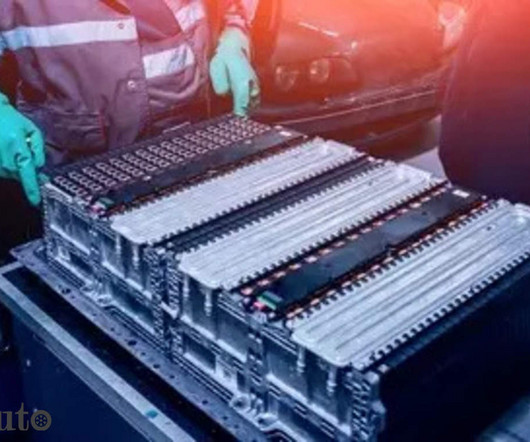

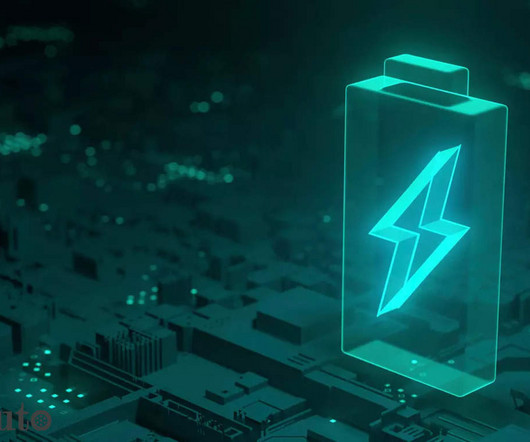
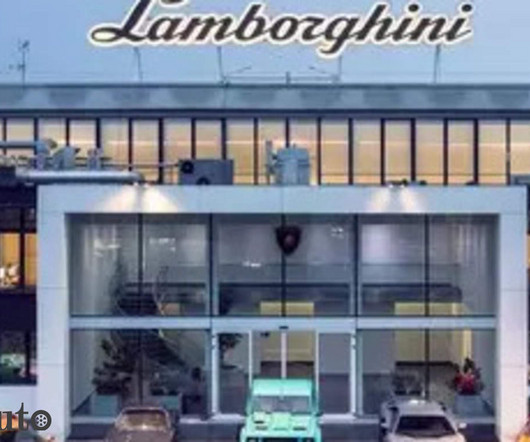







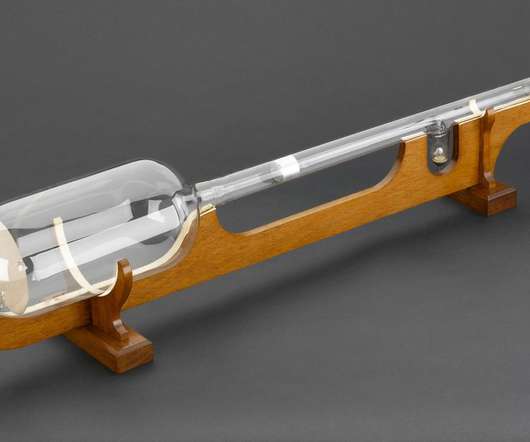
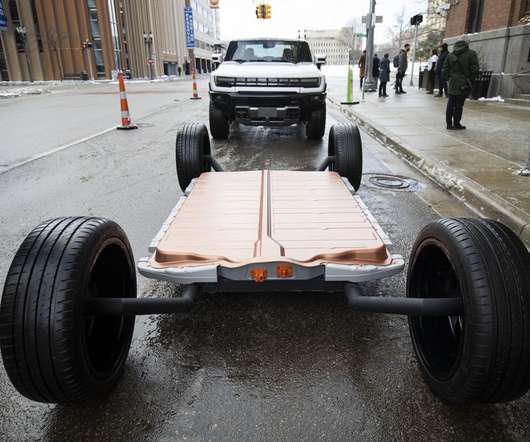







Let's personalize your content